When shopping for diamonds, size matters. While natural diamonds often come with size limitations due to their rarity and cost, lab grown diamonds are breaking traditional boundaries. But just how large can these technological marvels grow? Let’s explore the fascinating world of lab grown diamond sizes and the cutting-edge science behind them.
The Science Behind Growing Diamonds
Before we dive into size limits, it’s essential to understand how these remarkable gems come to life. In modern diamond laboratories, sophisticated machines replicate nature’s diamond-forming process—but with a revolutionary twist. While natural diamonds take millions of years to form, lab grown diamonds emerge in just weeks.
1. HPHT (High Pressure High Temperature)
The HPHT method mimics the natural formation of diamonds by applying extreme heat (around 2000°F) and pressure (approximately 1.5 million pounds per square inch) to a carbon seed. This process creates an environment conducive to crystallization, allowing carbon atoms to bond and form a diamond structure over several weeks. HPHT is particularly effective for producing larger diamonds, often exceeding 10 carats, due to its ability to maintain the necessary conditions throughout the growth process.
2. CVD (Chemical Vapor Deposition)
In contrast, the CVD method uses a diamond seed placed in a chamber filled with carbon-rich gases. Microwaves ionize these gases into plasma, allowing carbon atoms to deposit onto the seed and grow into a diamond layer by layer. This method operates at lower temperatures and pressures than HPHT and has recently improved its capacity to produce larger stones, with some CVD diamonds reaching sizes over 9 carats]. Notably, the largest lab-grown diamond to date is a remarkable 155-carat disc diamond created using CVD technology.
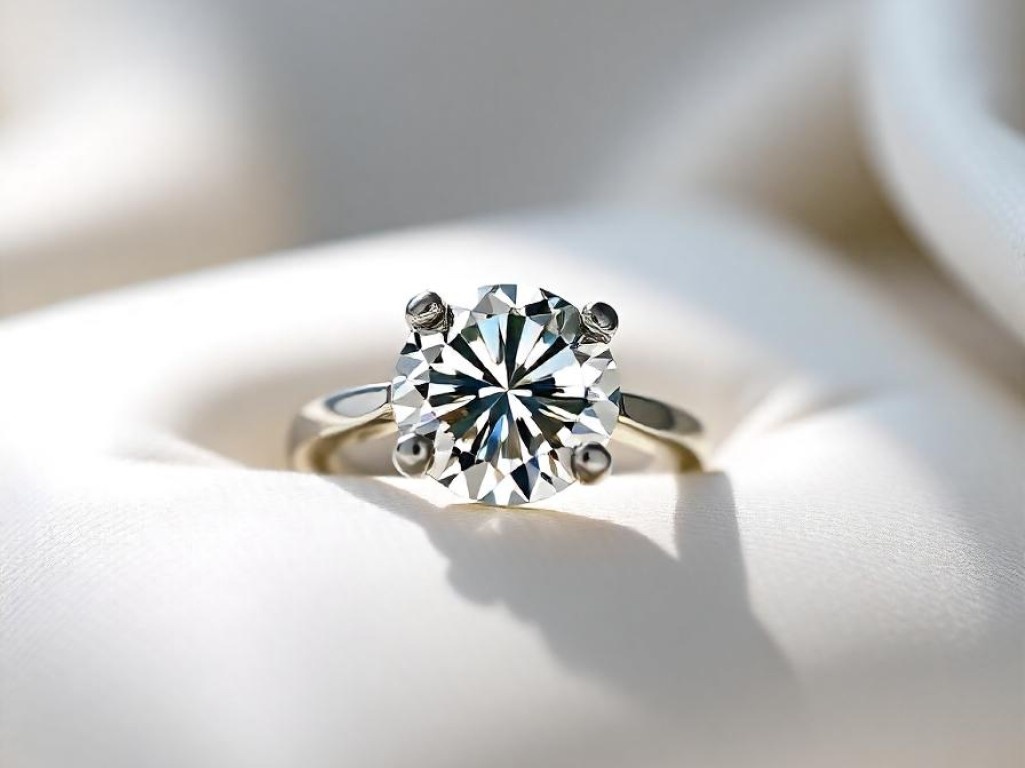
How Big Can Lab Grown Diamonds Get?
The size potential of lab grown diamonds continues to surprise even industry experts:
Current Size Capabilities
- HPHT: Consistently produces diamonds exceeding 10 carats
- CVD: Achieves impressive sizes up to 9 carats for jewelry
- Record holder: A remarkable 155-carat disc diamond created through CVD
Size vs. Time: The Growing Process
Creating larger diamonds requires additional time and precision:
- Small to medium diamonds: 2-4 weeks
- Larger diamonds: Several weeks to months
- Key factor: Maintaining optimal conditions throughout the growth period.
Why Choose Lab Grown for Large Diamonds?
Large lab grown diamonds offer several advantages:
- Quality Control: Every step of the growing process is monitored and controlled
- Consistency: Fewer internal flaws compared to natural large diamonds
- Cost-Effectiveness: Significantly more affordable than natural diamonds of similar size
- Sustainability: Environmentally conscious choice for larger stones.
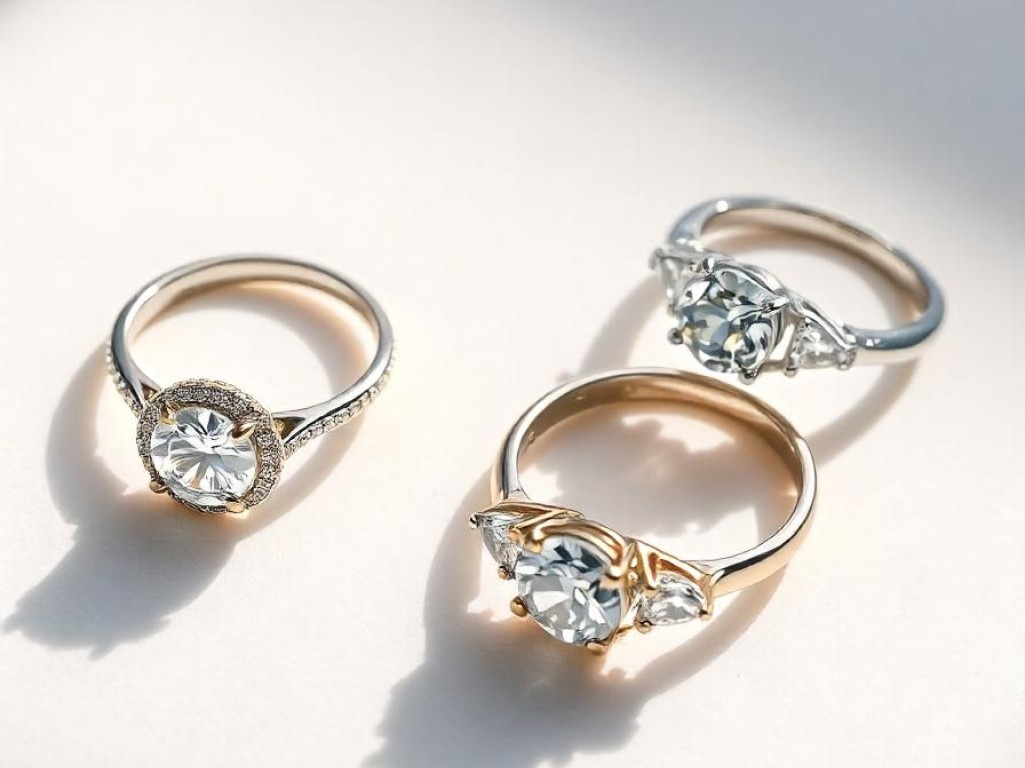
The Future of Large Lab Grown Diamonds
The size frontier continues to expand with technological advances. While today’s capabilities are impressive, ongoing research and development suggest we’ll see even larger lab grown diamonds in the future. The current record of 155 carats may soon be surpassed as both HPHT and CVD techniques evolve.
Key Takeaways:
- No theoretical upper limit to lab grown diamond size
- Technology continues to advance, pushing size boundaries
- Both HPHT and CVD methods can produce large, jewelry-quality diamonds
- Larger sizes require more time but maintain excellent quality
As technology advances and techniques improve, the potential for even larger lab grown diamonds grows. Whether you’re seeking a statement piece or a more modest stone, lab grown diamonds offer the perfect blend of size, quality, and value. The only real limit may be your imagination—and perhaps the size of your finger!


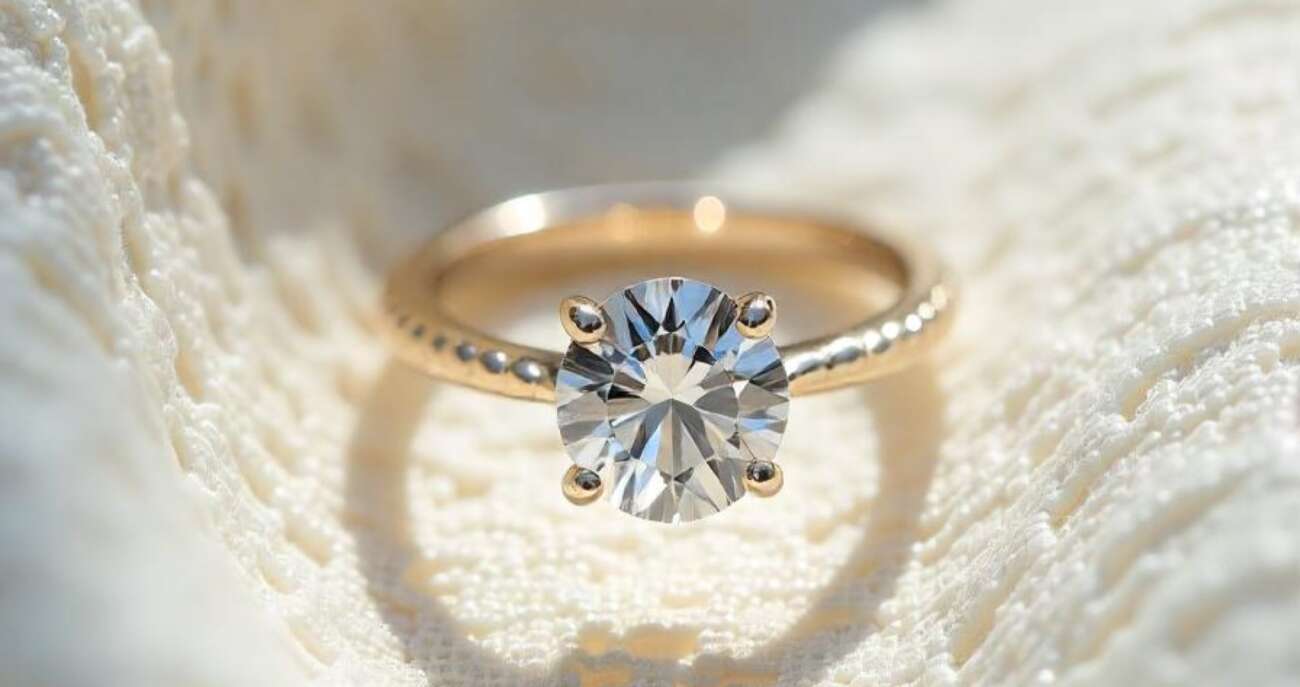
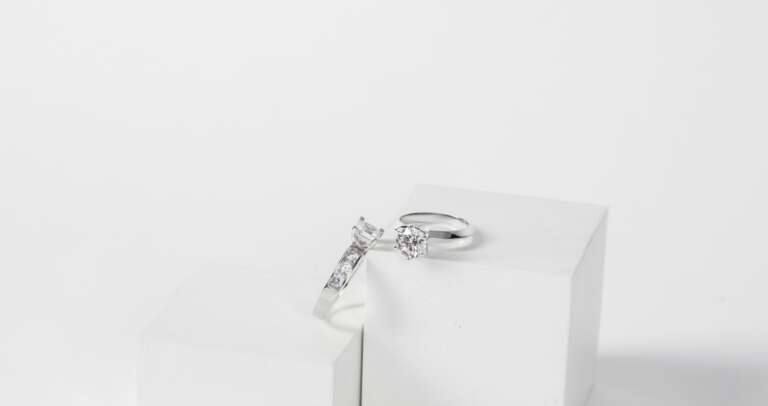
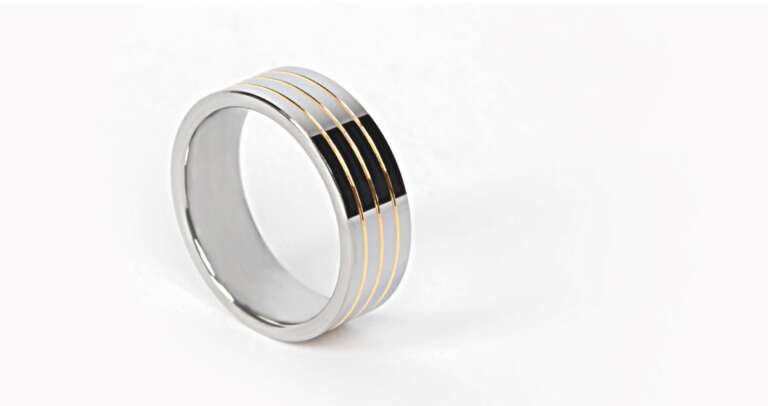
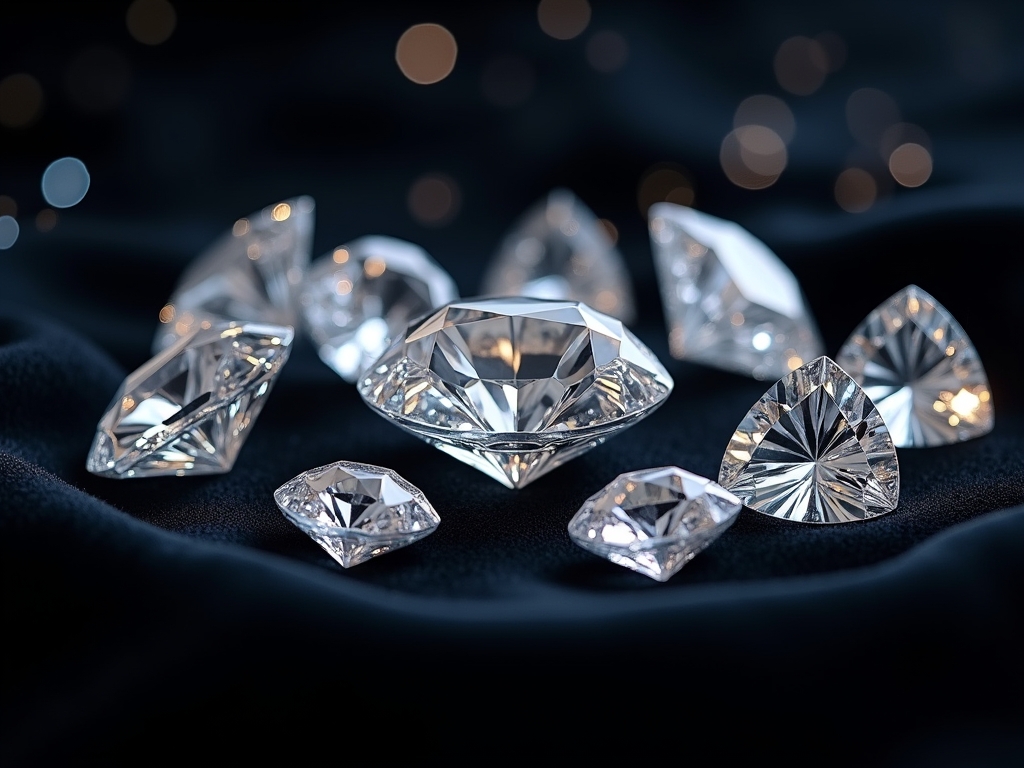
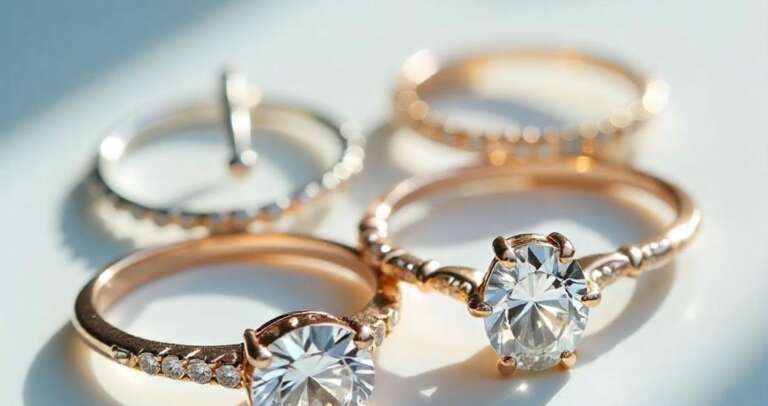
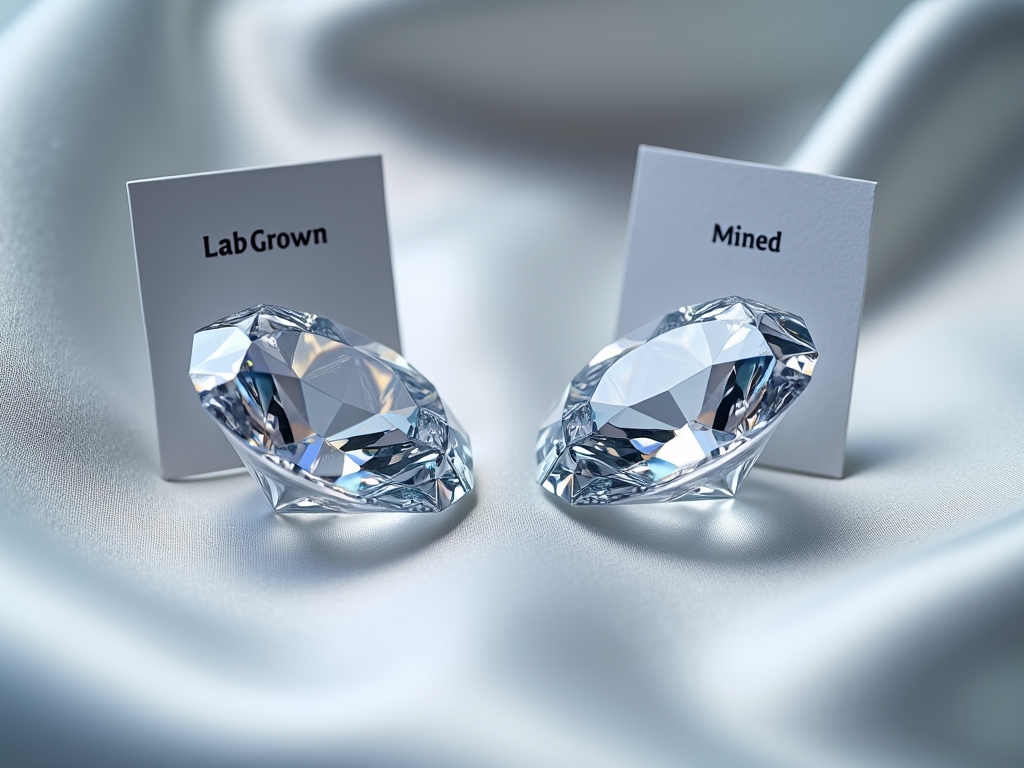
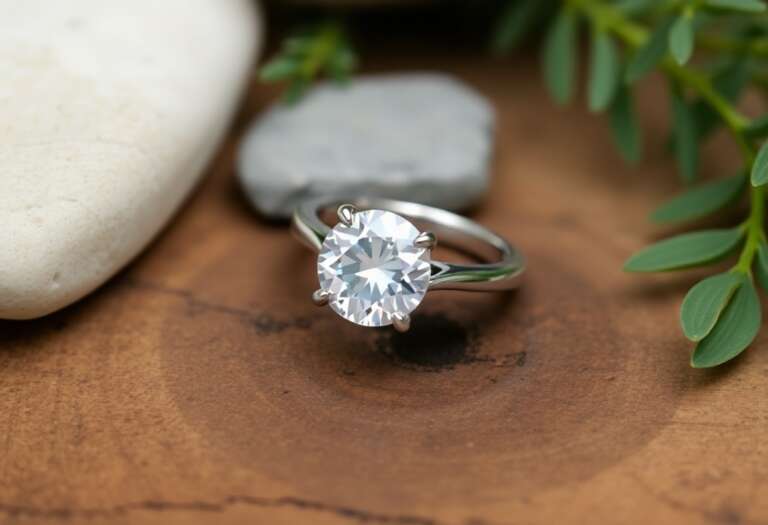
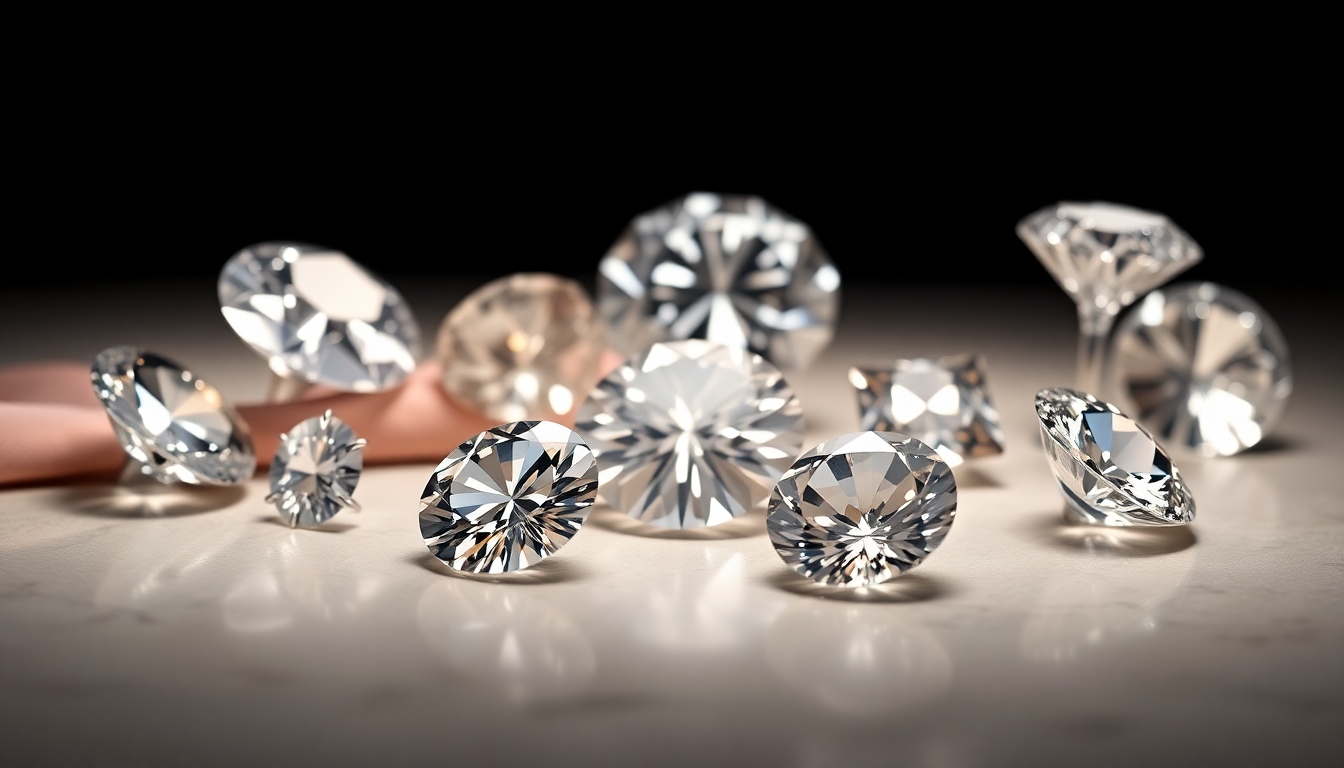
Leave a Comment